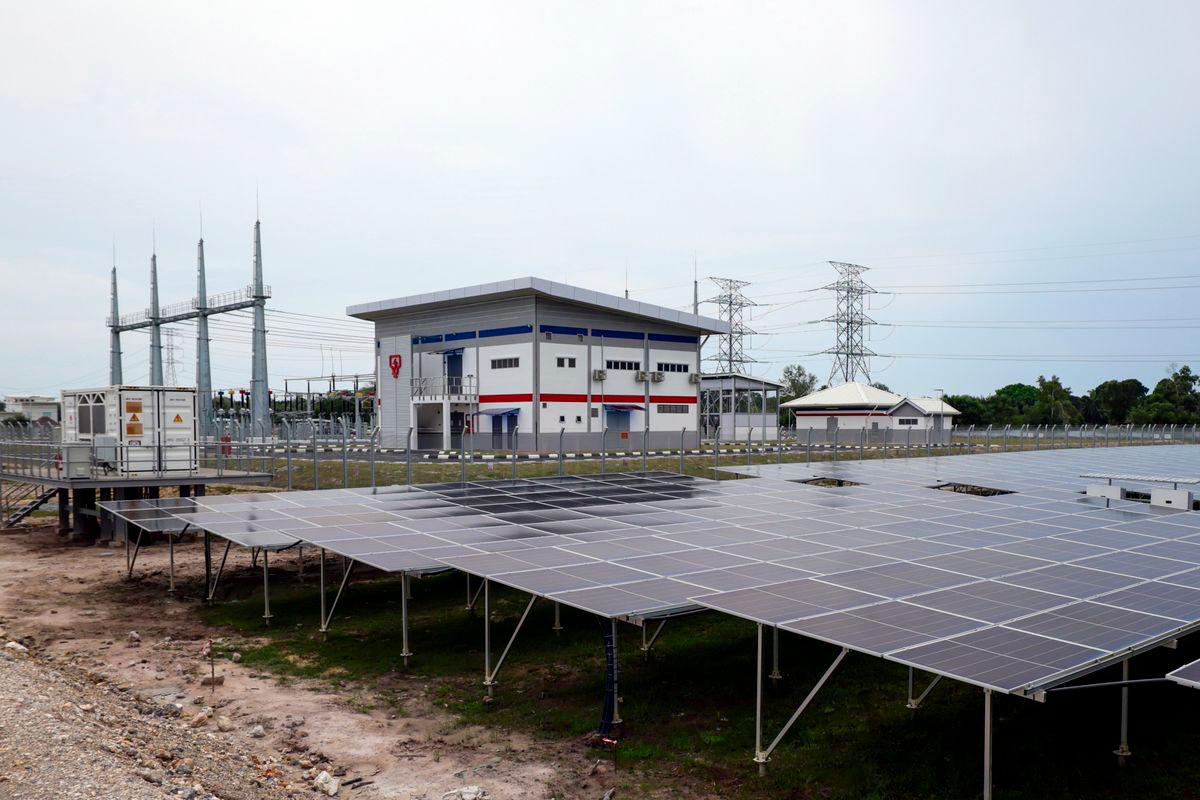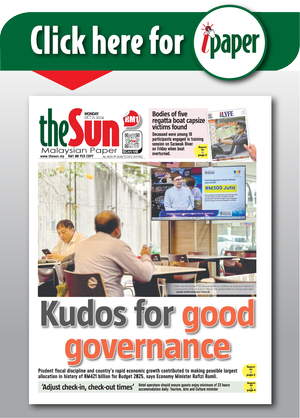KUALA LUMPUR: The 13th Malaysia Plan (13MP) is expected to accelerate the shift from fossil fuels to cleaner and greener energy, with targets to enhance the electricity supply system, empower solar, hydro and waste-to-energy projects and explore nuclear power, said MBSB Investment Bank Bhd.
The investment bank said this is in line with the long-term roadmap of the National Energy Transition Roadmap to achieve a 41 per cent and 70 per cent renewable energy (RE) mix target by 2035 and 2050, respectively.
Hence, it has maintained a “positive” stance on the utilities sector and the RE subsector, underpinned by the structural policy tailwinds for a deep decarbonisation trajectory.
“We view that solar remains a multi-year growth engine, which will benefit engineering, procurement, construction and commissioning (EPCC) players such as Solarvest, Samaiden, Pekat, Sunview and Northern Solar.
“Tenaga Nasional will be the key beneficiary in the asset ownership space from both RE capacity expansion and grid upgrade investments,” it said in a research note.
Meanwhile, the bank said the recent request for proposal (RFP) for new gas-fired power generation capacity also presents a positive catalyst for the sector.
This will be undertaken via two categories, namely the extension of the concession period for existing gas-fired power plants with expiring or expired existing power purchase agreements, and the development of new gas-fired power plants, it said.
“RFP is expected to add about eight gigawatts (GW) of new capacity. We expect independent power producers such as Malakoff and YTL Power International to be among the front runners for this new scheme,” it noted.
On the electricity supply system, MBSB Investment said the battery energy storage system is expected to achieve commercial operation date by 2026.
It said solar power will be the main driver in achieving the country’s overarching RE goals.
On top of the corporate renewable energy supply scheme and community renewable energy aggregation mechanism, MBSB expects the government to maintain its aggressive rollout of large-scale solar (LSS) schemes, starting with the LSS PETRA 5+ in the second half of 2025, which is set to add another two GW of solar capacity to Malaysia’s energy mix.
Meanwhile, it also anticipates EPCC contractors and mechanical and electrical firms to be among the initial beneficiaries from Sarawak’s grid interconnection to Peninsular Malaysia.
“We view that nuclear power offers Malaysia a powerful lever to secure low-carbon, reliable baseload capacity, which addresses the intermittency concerns and bolsters energy security.
“However, it comes with steep capital requirements, complex waste and safety obligations,” it said, adding that the government is currently exploring new technologies such as small modular reactors. - Bernama









